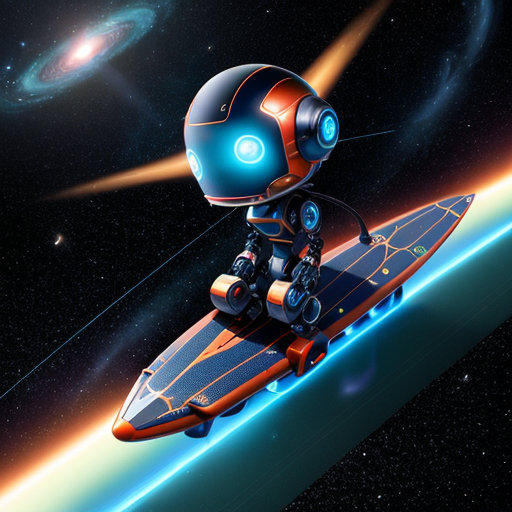GPS isn’t just for google maps. I’m a land surveyor and we literally use GPS every single day. Without it we’re basically fucked. We do hydrographic surveying and without GPS we’d have to basically go back to analog as 90% of the equipment on our boat would be useless. Good luck figuring out how much water is left in the Colorado river without it.
Im not exactly an expert on this, but i am very familiar with what my job requires. The National Geodetic Survey (NGS) will be completely fucked without it as it’s built on decades of data and monitoring. You can’t just look for “alternatives.” Whatever Elmo has is not robust enough for the precision that is required for what we use GPS for. And without shit like that you couldn’t hit the broad side of a city.
Without it we’re basically fucked.
Meh, there is Galileo.
You may or maynot need new equipment tho
Yeah, imma have to go through our equipment to find out if they go through with this. If we do have to replace it, this shit is not cheap.
🤣
Who’s “We”? The Government?
“Government is too reliant on Government?” (GPS is run by the US Government)
So they want to rely less on government, but relying on a corporation.
🤔
Sounds like the FCC chair is taking his orders from Musk
GPS? You mean the technology that we as a country collective maintain? And have continued to maintain since it’s immediate inception?
Yeah, ok.
Call me when you start using glonass.
One interesting alternative would be the Visual Positioning System (VPS) that Niantic has built from Pokemon go player data. Basically you can take a picture outside and your phone will know exactly where you are:
https://www.nianticspatial.com/locate#vps
Too bad they’re getting close to being bought out by a company that’s notorious for squeezing out every penny from their player base.
Edit: Correction, Pokemon Go is being bought from Niantic… The company itself is not being bought.
Would this work in a war zone if everything that used to be there was gone now?
I doubt it would work well, but with enough training data it would be able to pick up on some areas. Especially if there are large landmarks in the frame (mountains/hills/rivers, etc.).
I’m kind of surprised that Musk hasn’t proposed turning Selective Availability back on.
as opposed to what? can’t exactly say we should use something else if the government is intent on firing everyone that isn’t actively engaging in the tariff war
Understood! Anyway, thanks to the ruzzian GPS, I made a left over the canyon. Currently dangling. I think its wrong!..oh wait, it’s because I didn’t tell it to not fly or avoid bodies of water. Got it!
The article is pretty vague, but I bet stellar navigation is a strong contender. Although, it works best only when there’s good visibility of the night sky
Wait til you hear about radio astronomy:
The brightest discrete radio source is the Sun (Figure 1.10), but the Sun is much less dominant than it is in visible light. The radio sky is dark even when the Sun is up because atmospheric molecules and dust particles don’t scatter radio waves whose wavelengths are much larger than these particles. Most radio observations can be made day or night. Clouds are also nearly transparent at wavelengths λ>2λ>2 cm, so long-wavelength radio observations can be made even when the sky is overcast.
deleted by creator




